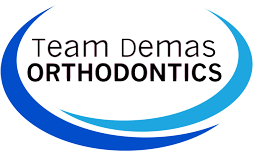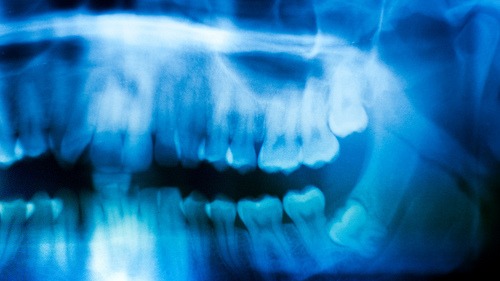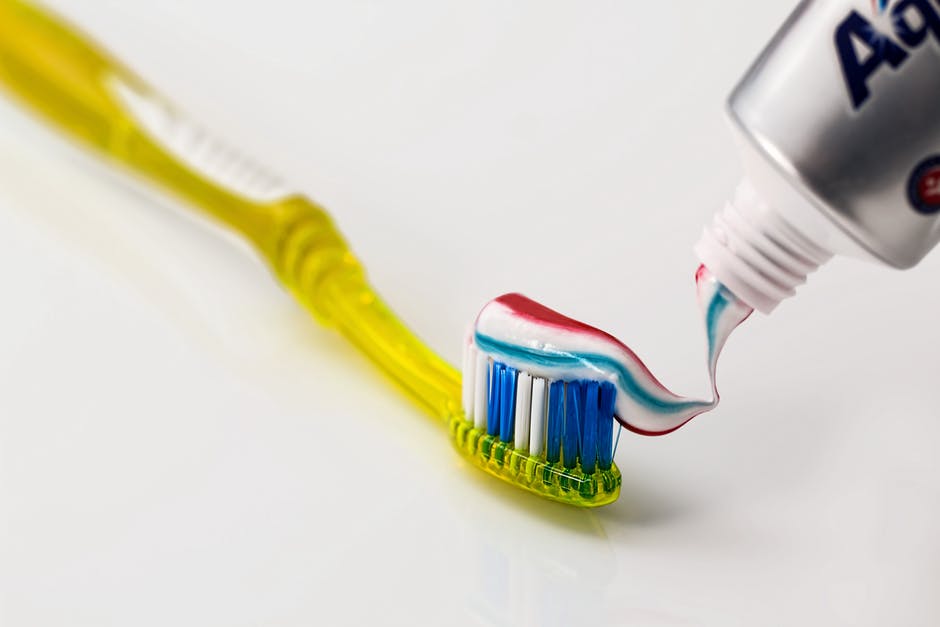
by | Feb 11, 2014 | Tootbrushing Mistake
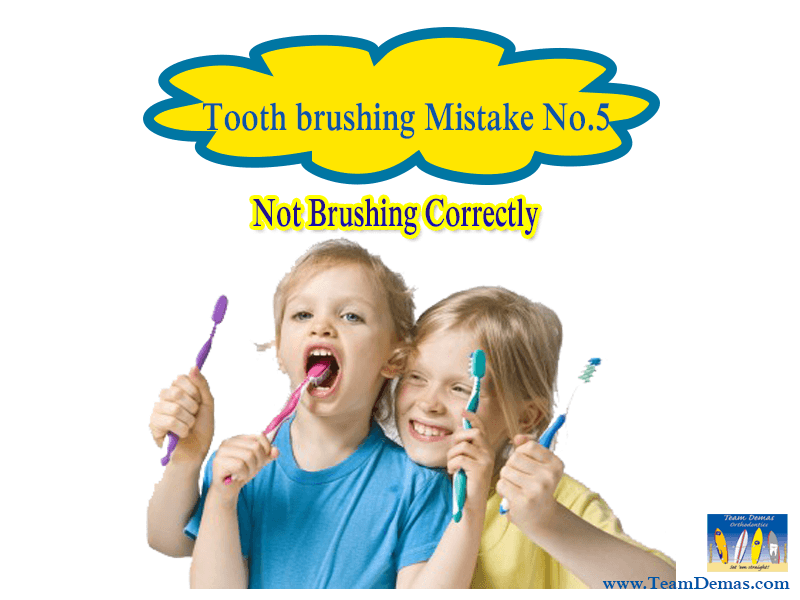
Tooth brushing Mistake No.5: “Not Brushing Correctly”
Did you ever think there was a better way to brush your teeth? Do you just whisk around your mouth and teeth with a toothbrush with a dab of fluoridated toothpaste on it? There is more to teeth brushing than that. For a start, you should position your toothbrush at a 45o angle to your gum line and then brush your teeth in a diagonal motion – not just up and down – as this does little to remove all that damaging plaque and clinging bacteria. You should also ensure that you manipulate your toothbrush onto the inner sides of your upper and lower teeth as well as the easy to reach front lower and upper teeth.
Read more…
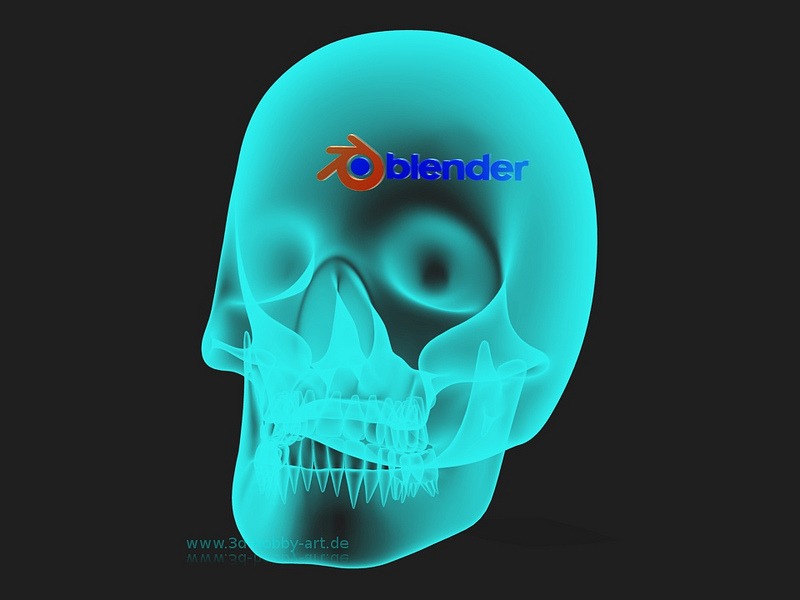
by | Feb 6, 2014 | Orthodontic Treatments
3-D x-rays in orthodontics are a game changer
Every so often there’s an orthodontic technology that absolutely changes the nature of the practice. These game changers can help orthodontists to do their job better than ever before as well as to create more efficient and predictable results. Three-dimensional radiographic technology is widely becoming a staple in many orthodontic offices because it leads to a better orthodontic treatment, less radiations and more efficient orthodontic results.
3-D x-rays have been around since 2001 and recently the technology has become affordable enough for wide range access across multiple offices. The technology is very similar to that of the CT scan but for orthodontic purposes the scans are much faster and they require far less radiations than traditional medical x-rays because they can provide results in just 10 seconds rather than medical CT scans to take anywhere between three and 5 minutes.
Read more…
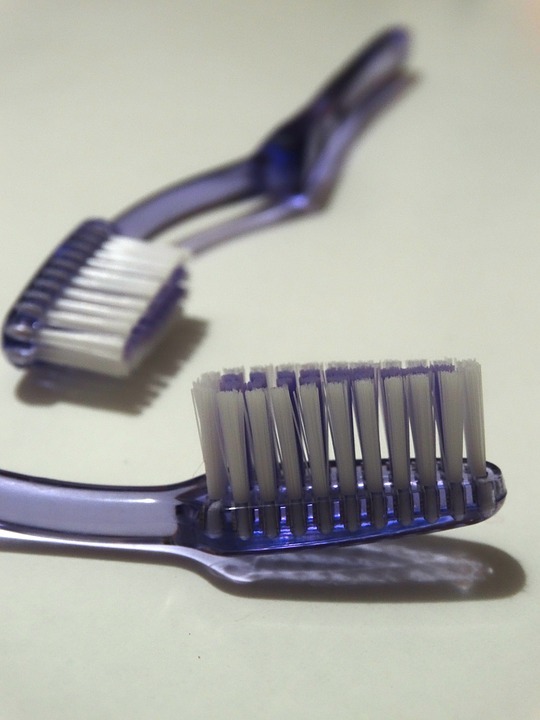
by | Feb 4, 2014 | Tootbrushing Mistake

Tooth brushing Mistake No.4: “Brushing Too Often or Too Hard”
Research conducted at a leading U.S. university identified that there was no real evidence that brushing teeth extra hard with a toothbrush led to cleaner and whiter teeth. In fact, the opposite was found to be true. Brushing too hard could well damage the layer on the surface of the teeth that would otherwise protect the teeth. Damage to the gums could also occur as well. A scientific method was designed that discovered that while brushing for the recommended 120 seconds, the pressure that should be applied by the toothbrush should be equal to an average sized orange. It was found that if the pressure went beyond this, the amount of plaque remaining on the teeth was about the same.
Read more…

